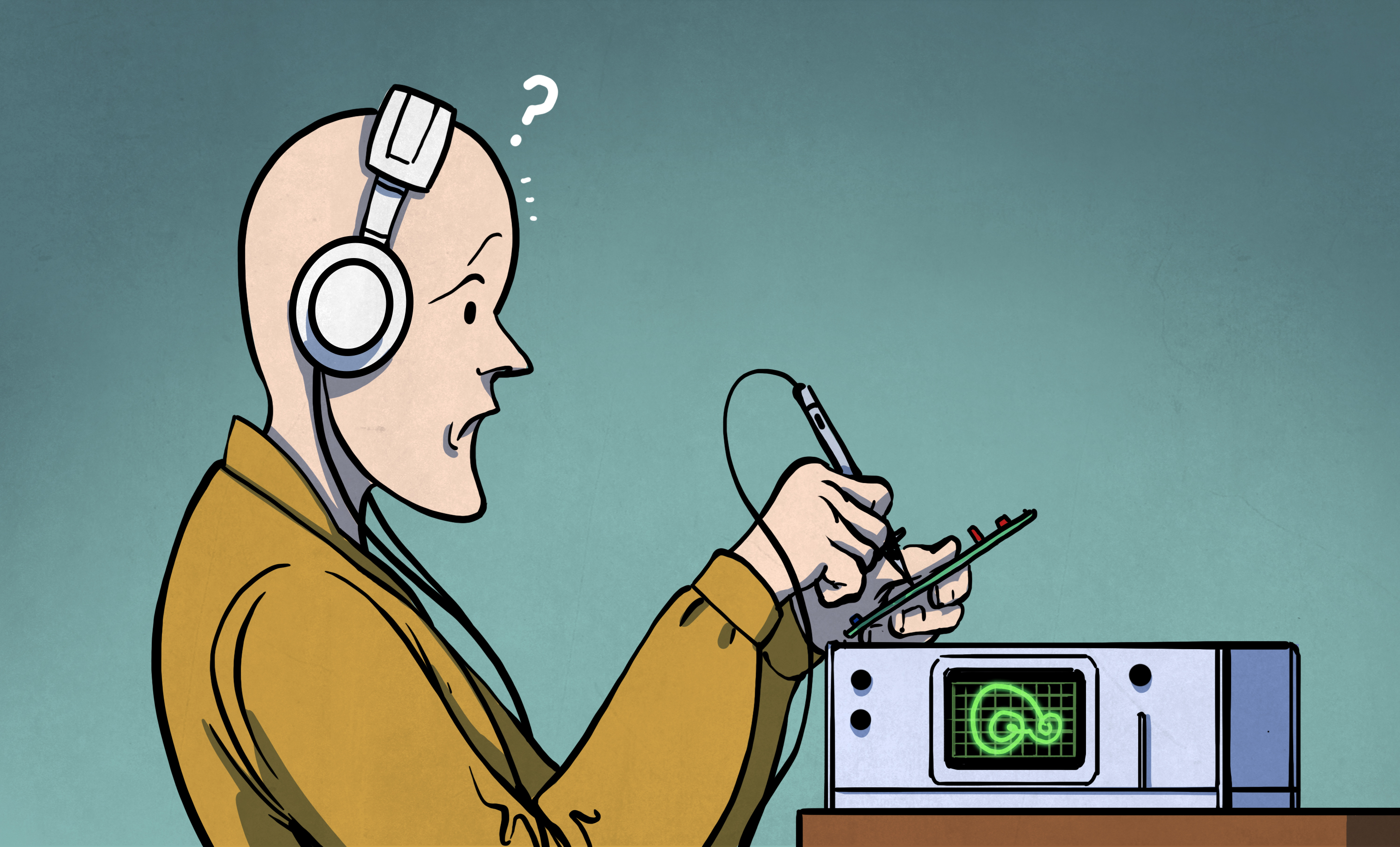Design for People [Hackaday]

We all make things. Sometimes we make things for ourselves, sometimes for the broader hacker community, and sometimes we make things for normal folks. It’s this last category where it gets tricky, and critical. I was reminded of all of this watching Chris Combs’ excellent Supercon 2022 talk on how to make it as an artist.
“But I’m not making art!” I hear you say? About half of Chris’ talk is about how he makes his tech art worry-free for galleries to install, and that essentially means making it normie-proof – making sure it runs as soon as the power is turned on, day in, day out, without hacker intervention, because venues hate having you on site to debug. As Tom joked in the podcast, it’s a little bit like designing for space: it’s a strange environment, you can’t send out repair teams, and it has to have failsafes that make sure it works.
What is striking about the talk is that there is a common core of practices that make our hardware projects more reliable, whatever their destination. Things like having a watchdog that’ll reboot if it goes wrong, designing for modularity whenever possible, building in hanging or mounting options if that’s relevant, and writing up at least a simple, single-page info sheet with everything that you need to know to keep it running. Of course with art, aesthetics matters more than usual. Or does it?
So suppose you’re making a thing for a normal person, that must run without your babysitting. What is the common core of precautionary design steps you take?

![design-for-people-[hackaday]](https://i0.wp.com/upmytech.com/wp-content/uploads/2023/04/118141-design-for-people-hackaday-scaled.jpg?resize=800%2C445&ssl=1)